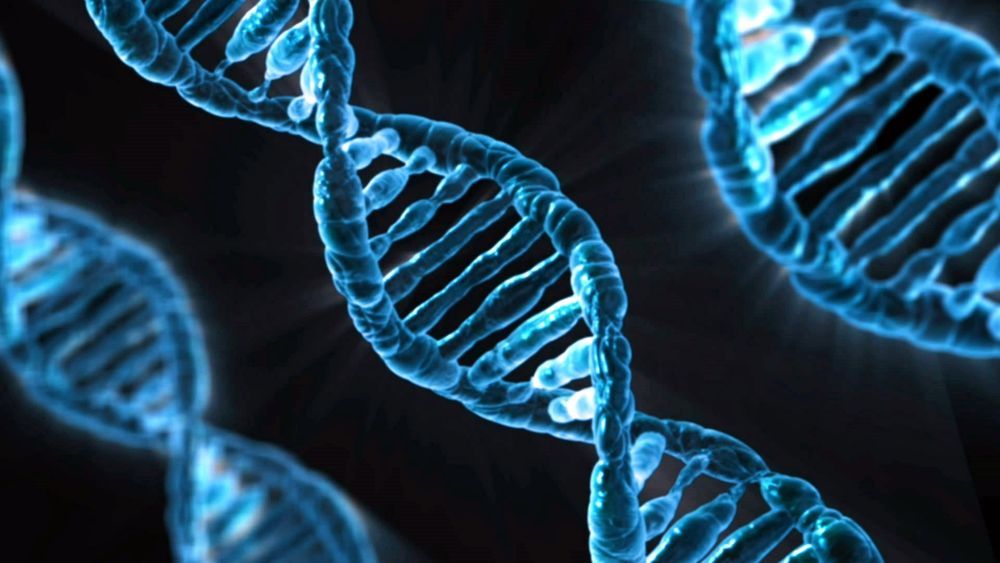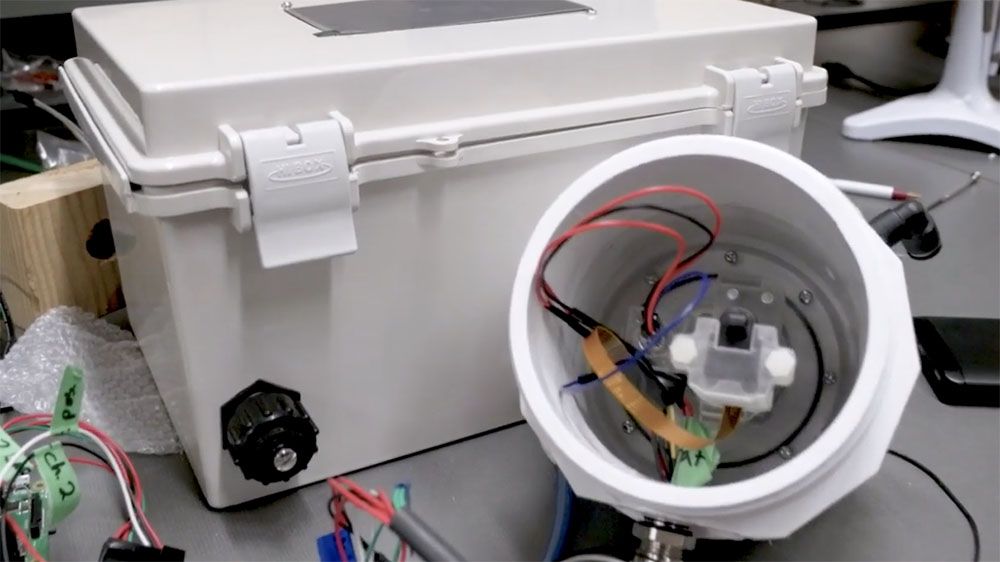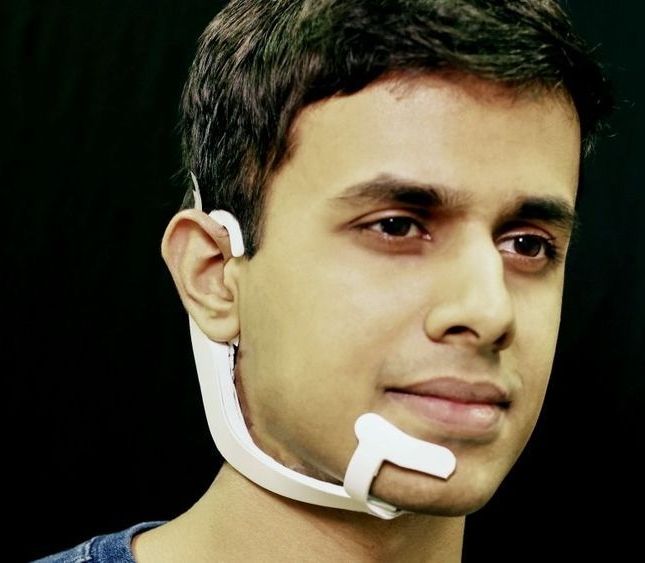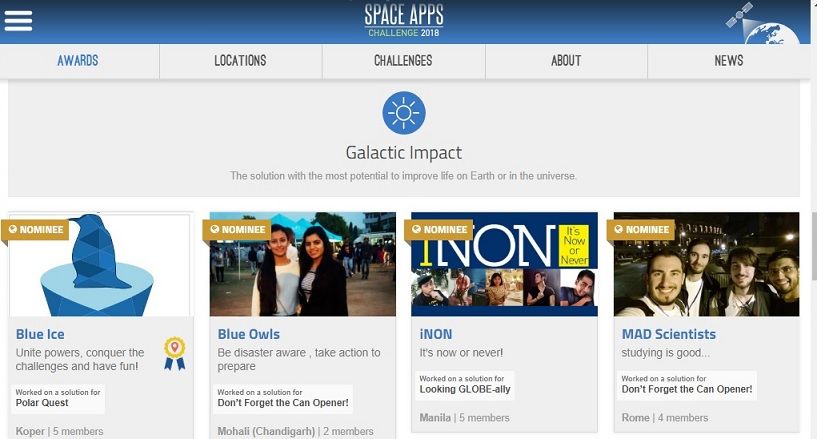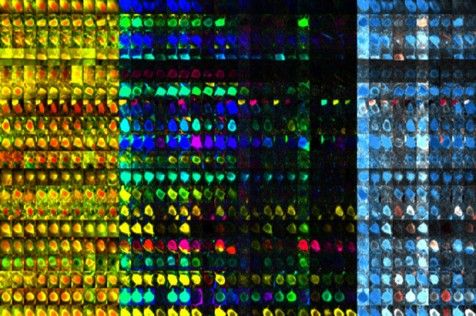Jan 26, 2019
Saint Jean Carbon is developing graphene gel salt water batteries
Posted by James Christian Smith in category: materials
 Saint Jean Carbon has announced that it is developing a new form of graphene battery technology and will start building the first prototype of its graphene gel salt water batteries. Batteries based on this technology should charge faster, run longer and theoretically may last indefinitely. The project’s long term goal is to have a series of three full production batteries ready for launch in spring 2020.
Saint Jean Carbon has announced that it is developing a new form of graphene battery technology and will start building the first prototype of its graphene gel salt water batteries. Batteries based on this technology should charge faster, run longer and theoretically may last indefinitely. The project’s long term goal is to have a series of three full production batteries ready for launch in spring 2020.
Saint Jean Carbon stated that salt water battery technology has been in research for about 5 years. Continued advancement slowed due to limited voltage capacity in comparison with Lithium batteries. Now with the use of graphene in a highly concentrated salt water gel, graphene can now be used without worrying about the graphene re-stacking, which would reduce the intercalation rate. Salt water batteries are much safer, won’t burn and have significantly less raw material cost.
The Company plans on building a “flex” production line that will allow a number of companies to share in the facility on a fee for use basis. The Company’s first production will concentrate on three specific battery types:
